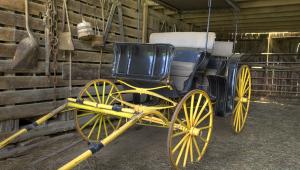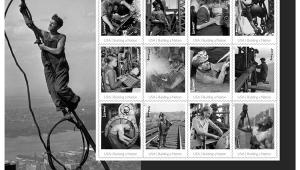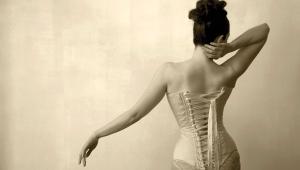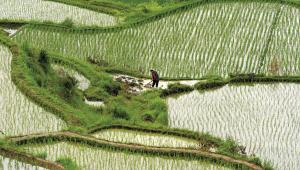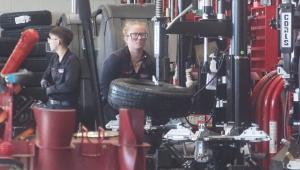For The Love Of Photography; Don’t Allow The Challenge Of A Disability Stop You From Making Great Pictures Page 2
When you're ready to head for the great outdoors, nearby county, state, and national parks usually offer special facilities that give handicapped visitors safe access to designated areas. Special parking areas, boardwalks, benches, and tables allow people of limited mobility to photograph scenic areas in safety and relative comfort (#5). Scenic drives often allow photographs of wildlife and landscapes to be made directly from a car window or from special pullouts (#6).
 |
|
|
|
 |
|
|
As a person with a passion for photography, it is not important what you photograph or how you photograph it. It is only important that you get back to living your life and if photography is part of that life, you may find it to be your very best therapy (#7).
 |
|
|
Recognize A Stroke
Photographers rely heavily on their own abilities often in isolated situations.
Just as frequently they work with many people in stressful conditions. It is
very important that you be able to recognize the symptoms of a stroke for your
safety as well as the safety of those people around you. Doctors recommend asking
the person having problems three questions:
1) Ask them to smile.
2) Ask them to talk, just to speak a simple sentence.
3) Ask him or her to raise both arms.
If they have trouble with any one of these tasks, call 911 immediately. These
simple steps will help you recognize the symptoms of a stroke and could save
a life.
Safety First
Don't let your enthusiasm for your craft get in the way of your common
sense. Share your plans with your doctor and therapist and follow their advice.
Remember your weakened condition and your loss of agility as you plan your first
endeavor. An elderly lady in a big SUV can be tough on a slow-moving photographer
in a wheelchair. Make your first sessions short and don't overdo it.
- Log in or register to post comments





